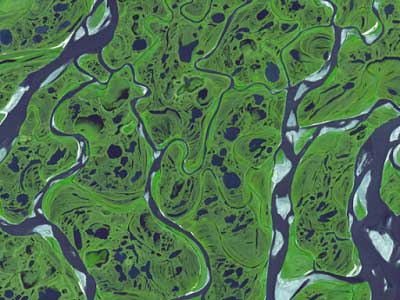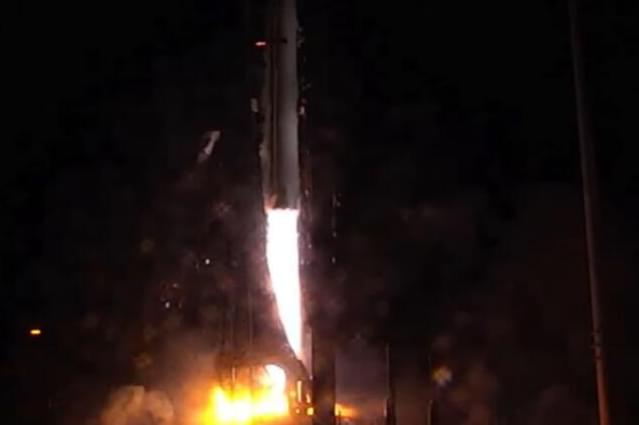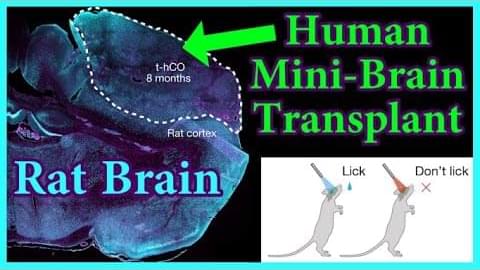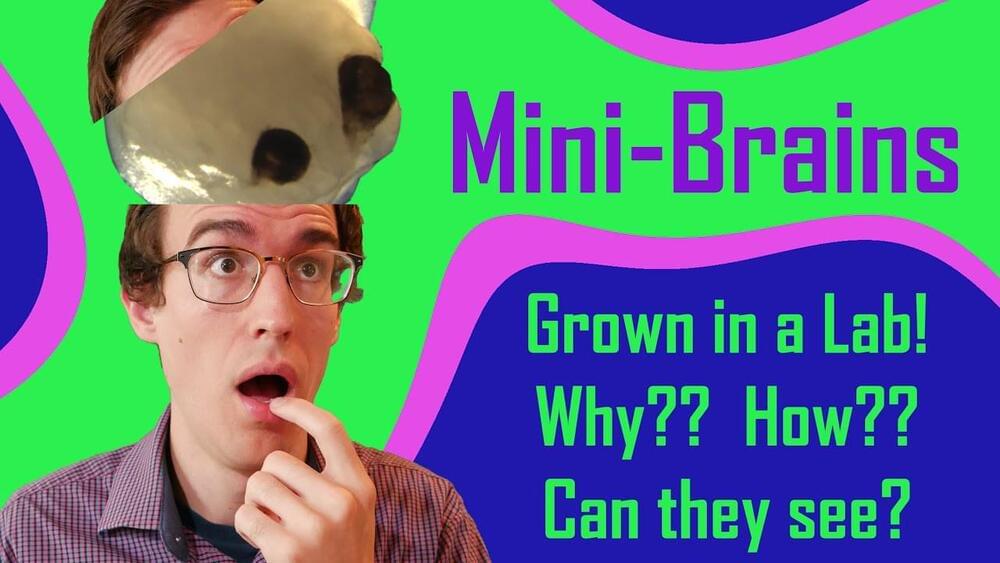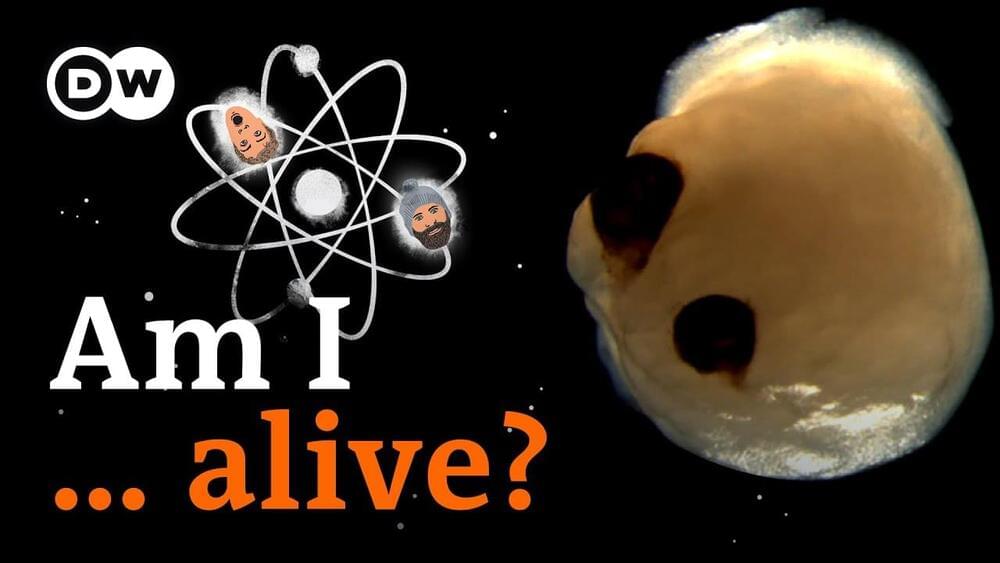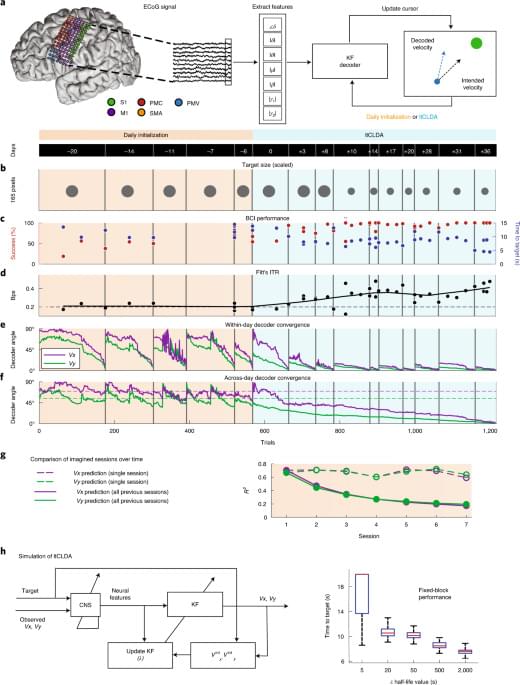Philosophy and theology are filled with far more questions than universally compelling answers and evidence.
If the Somali and Nubian tectonic plates continue to separate, the rift will form a smaller continent that will contain present-day Somalia as well as sections of Kenya, Ethiopia, and Tanzania.
Relativity Space, a 3D-printing specialist, launched the inaugural flight of its Terran 1 rocket late on Wednesday night, which successfully met some mission objectives before failing to reach orbit.
Terran 1 lifted off from LC-16, a launchpad at the U.S. Space Force’s facility in Cape Canaveral, Florida, and flew for about three minutes. While the rocket cleared a key objective — passing the point of maximum atmospheric pressure during an orbital launch, known as Max Q — its engine sputtered and shut down early, shortly after the second stage separated from the first stage, which is the larger, lower portion of the rocket known as the booster.
Relativity launch director Clay Walker confirmed that there was an “anomaly” with the upper stage. The company said it will give “updates over the coming days” after analyzing flight data.
Scientists transplanted human cerebral organoids (“minibrains”) into rats, to better study brain disorders. The neurons grown in vivo looked more like mature human brain cells than those grown in vitro, and they made better models of Timothy syndrome. The human minibrains formed deep connections with the rat brains, received sensory information, and drove the rat’s behavior.
More on how minibrains are grown and used, and the issue of organoid consciousness: https://www.youtube.com/watch?v=u6FGq7_t3Eo.
On the topic of organoid sentience and playing pong: https://www.youtube.com/watch?v=67r7fDRBlNc.
Support the channel: https://www.patreon.com/ihmcurious.
Chapters:
0:00 Intro.
0:43 Growing Organoids.
2:57 Minibrains in Science & Medicine.
4:46 Giving Minibrains Psychedelics.
5:26 Minibrains With Eyes.
6:30 Can Minibrains Feel?
7:22 Looking For Consciousness.
9:03 The Future of Minibrain Research.
10:47 Human Minibrains Grafted Onto Mice.
12:10 What’s Next?
Videography by Island Fox Media.
Sound by Kutan Katas.
Patreon: https://www.patreon.com/IhmCurious.
If a free-floating brain could feel pain or ‘wake up,’ how would we know? That’s an important ethical question — and it’s one we need to ask more often as labs around the world create new organoids, or miniature human organs. To answer it we talked to Jay Gopalakrishnan at his ‘mini brain’ lab for centrosome and cytoskeleton biology in Düsseldorf, Germany.
STUDY: https://www.cell.com/cell-stem-cell/fulltext/S1934-5909(21)00295-2
#brains #organoids #ethics #Germany #India.
More Science unscripted:
Today at CONEXPO 2023, Volvo CE handed over the keys to the first construction machine made from fossil-free steel for a North American customer.
As big pharma interest grows in bioelectronics medicine, Astellas swoops in for a startup developing wireless, grain-sized devices powered by ultrasound for CNS disease monitoring and intervention.
Analysis and insight on brain-computer interfaces (BCI). Stay updated as Singularity Hub discusses the most important trends and research related to BCIs.
